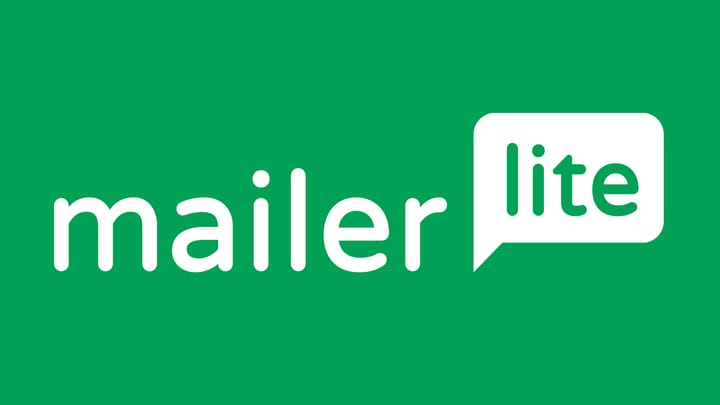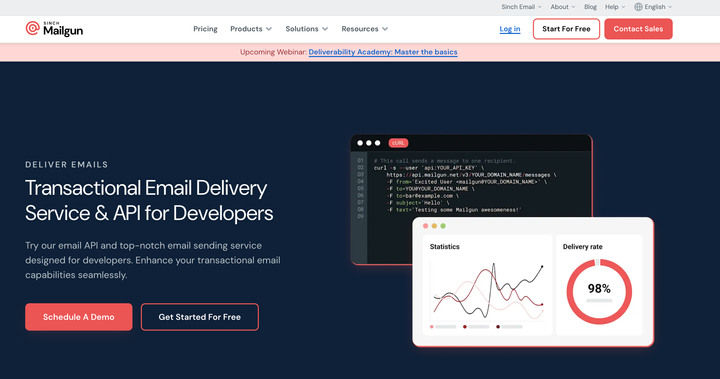Reaching Unsubscribed Users in the Finance Industry: A Data-Driven Case Study
Reconnecting with users who’ve opted out of your emails can feel like an uphill battle. However, by figuring out the reasons behind their loss of interest and applying smart, data-based methods, companies can win them back and improve retention.

Reconnecting with users who’ve opted out of your emails can feel like an uphill battle, especially in the competitive financial services industry.
However, by figuring out the reasons behind their loss of interest and applying smart, data-based methods, companies can win them back and improve retention.
This case study explores how brands such as Betterment, Wealthfront, Acorns, Marcus by Goldman Sachs, and Fidelity have successfully used data to re-engage users. It highlights how tailored strategies can revive inactive relationships and contribute to long-term business growth.
The Problem: Understanding Why Users Unsubscribe
When people unsubscribe from an email list, it presents a tough challenge—especially for companies in the finance industry. These individuals are still valuable, but the reasons they left the email list can vary.
Maybe they felt the content wasn’t helpful to them, or they got overwhelmed with too many messages.
No matter the cause, figuring out how to bring them back is essential to boosting customer engagement and loyalty.
One big issue is making the content relevant. If users left because they didn’t find value in what they received, reconnecting with them requires careful planning. Traditional email methods can’t work because they’ve already unsubscribed, and reaching out to them in the wrong way could irritate them further. This could even harm the brand's image. That’s why analyzing data is so important.
By studying the reasons behind their disengagement and categorizing them based on behaviors, businesses can design thoughtful strategies to encourage users to return—without overloading or annoying them.
How Data-Driven Strategies Solved Unsubscribe Challenges for Finance Companies
1. Betterment: Personalizing Outreach Based on User Behavior
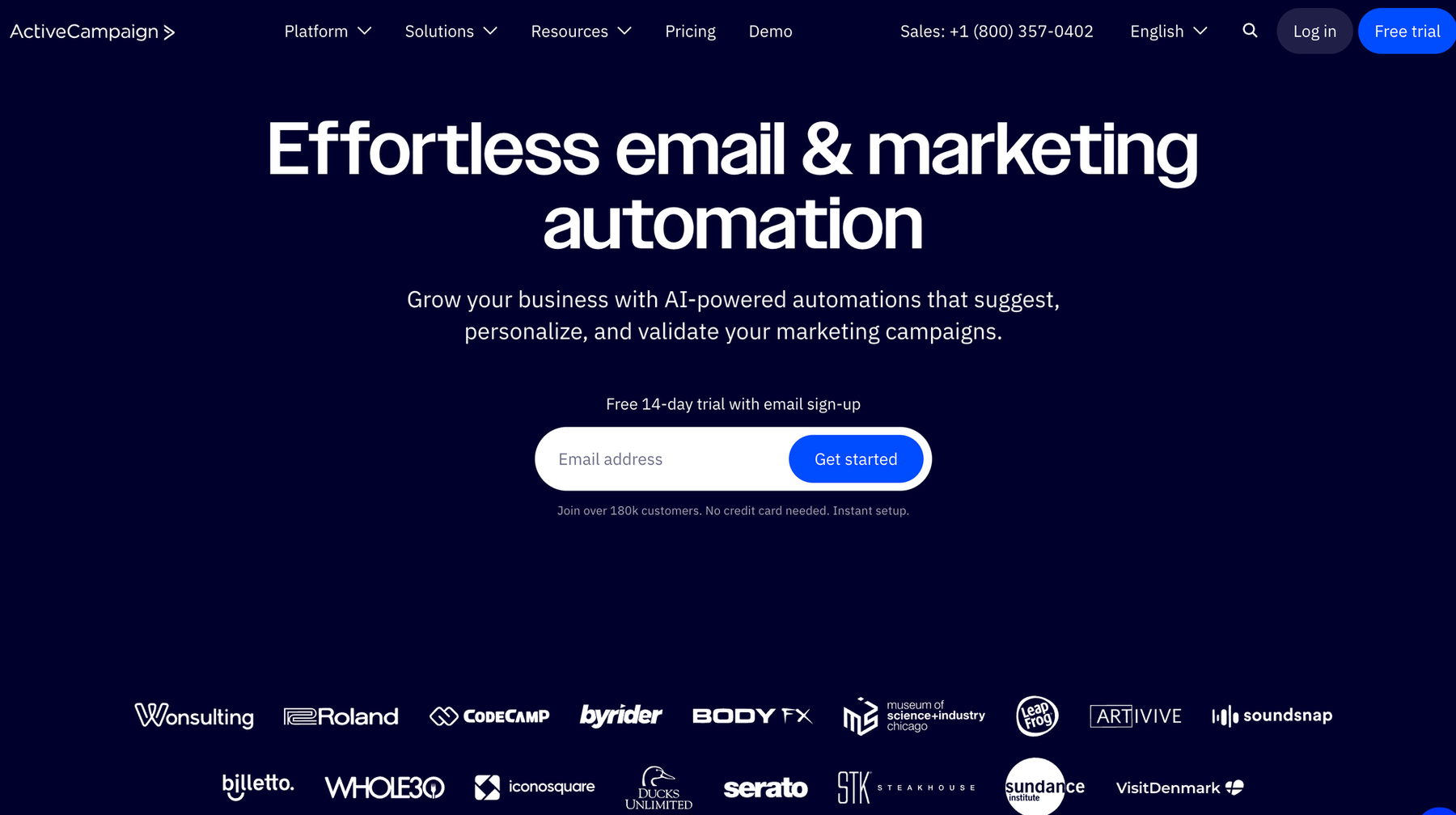
Betterment is an automated investment platform designed to help individuals achieve their financial goals through tailored strategies. The platform offers simplified, efficient investing for users of varying financial expertise.
Strategy
- Understanding Unsubscriptions: Betterment analyzed the reasons behind user unsubscriptions using behavioral data. Key insights revealed that overly generic emails and high message frequency alienated some users, motivating their decision to unsubscribe.
- Customized Reactivation Campaigns: Instead of sending the same re-engagement emails to everyone, Betterment focused on delivering personalized financial advice and tips through its app and website. This targeted approach ensured content was directly aligned with each user’s interests.
- Opt-In Improvements: They streamlined the re-subscription process by reassuring users that newly delivered content would be relevant and valuable, offering features like personalized investment insights for added appeal.
Results
This focused, personalized strategy helped Betterment achieve a 15% reactivation rate among previously unsubscribed users, effectively re-engaging them while rebuilding trust.
2. Wealthfront: Harnessing Predictive Analytics for Tailored Re-Engagement
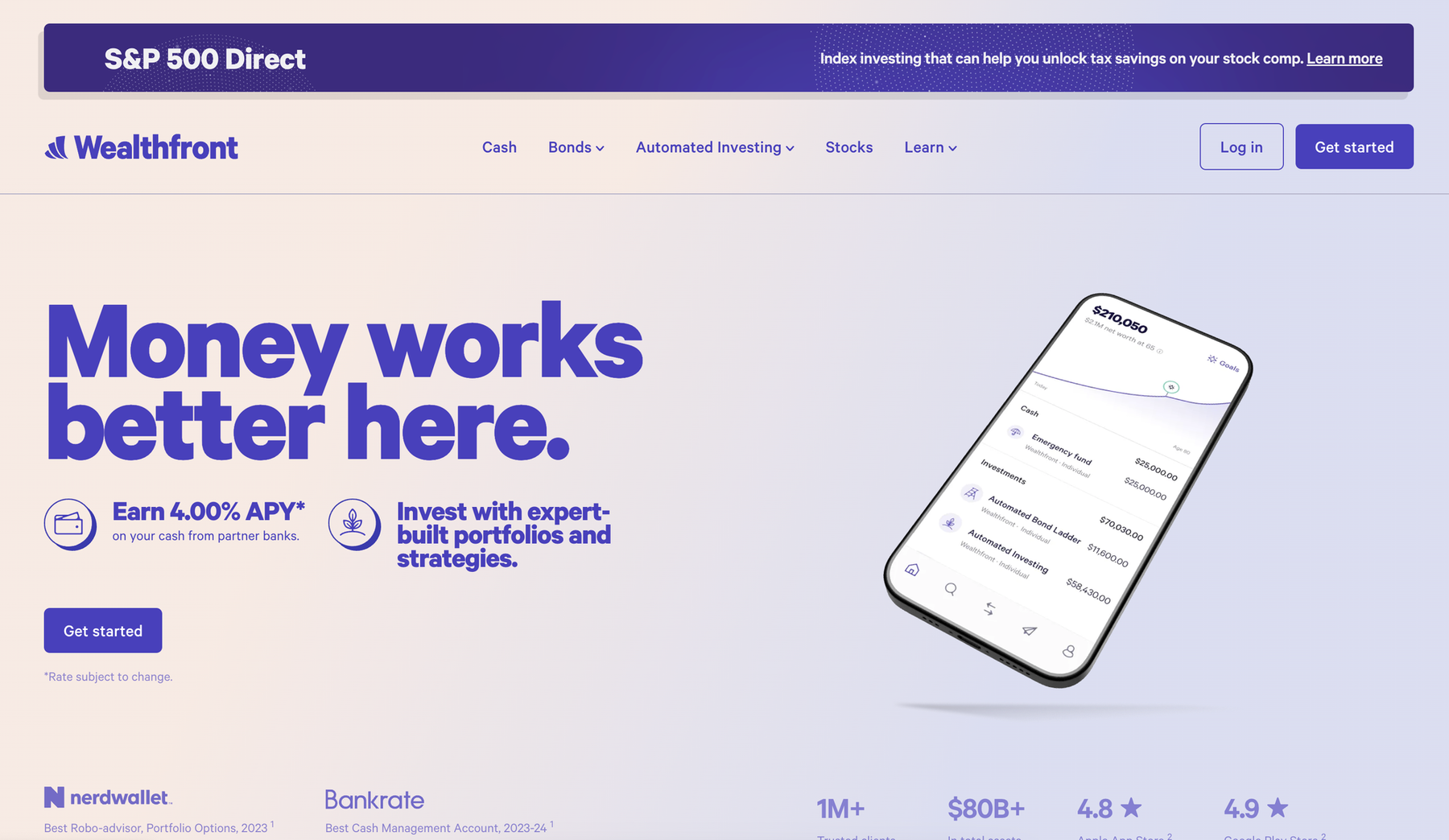
Wealthfront provides automated financial services, blending innovative technology with investment planning tools aimed at simplifying wealth management for its clients.
Strategy
- Leveraging Predictive Analytics: Wealthfront used predictive analytics to decode user behavior trends. They identified what types of content users had engaged with before unsubscribing, enabling them to refine their approach.
- Targeted Outreach: Rather than relying solely on email, Wealthfront engaged unsubscribed users through other channels, like app notifications, offering highly personalized financial insights.
- Exclusive Incentives: The company encouraged users to rejoin their email list by offering value-added content, such as access to webinars or advanced planning tools tailored to their previous preferences.
Results
With a re-engagement rate of 20%, Wealthfront demonstrated that highly targeted strategies rooted in analytics can win back unsubscribed users while strengthening customer loyalty.
3. Acorns: Encouraging Re-Opt-Ins with Incentives
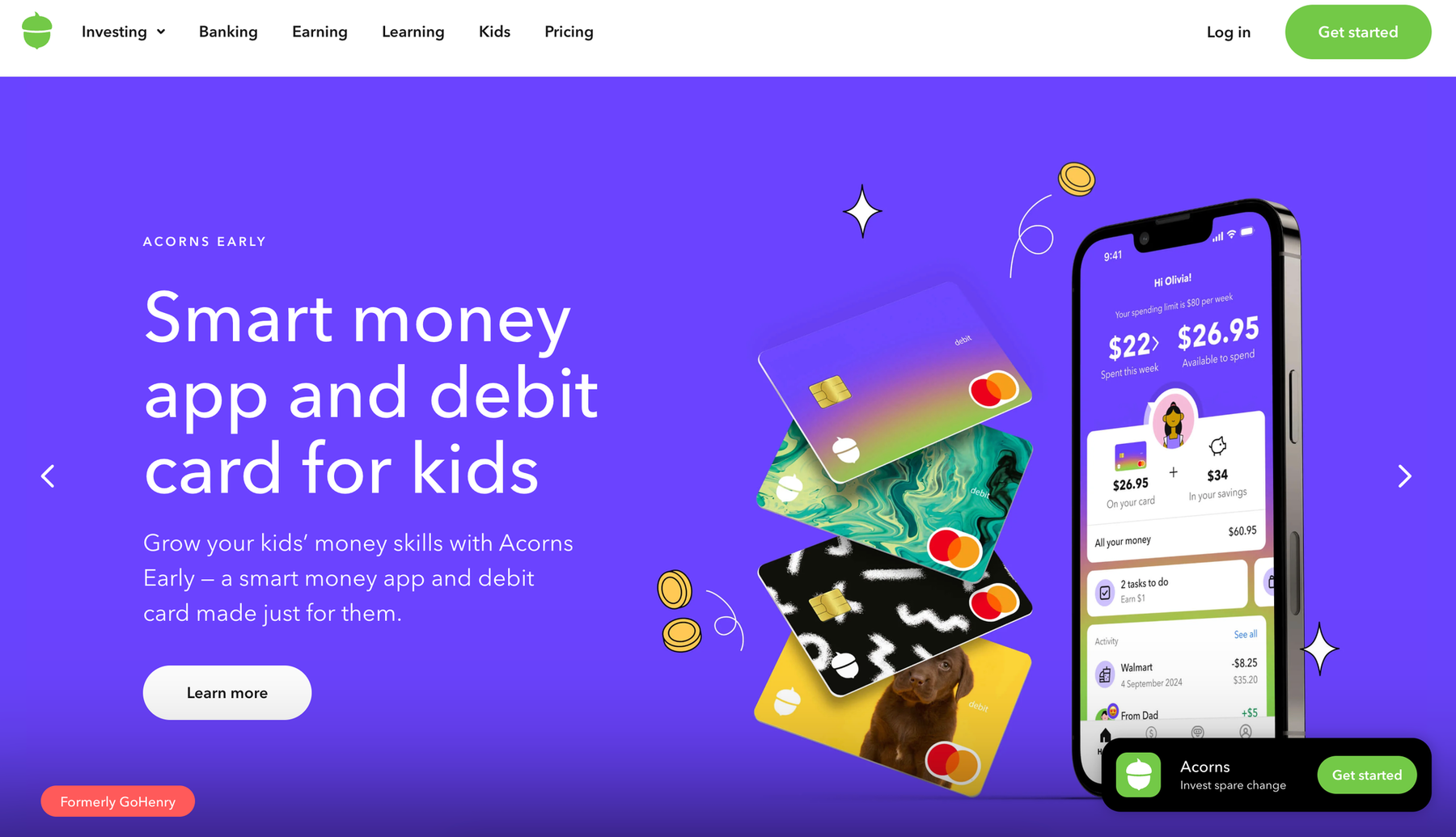
Acorns is a micro-investment platform that simplifies saving by rounding up users’ everyday purchases and investing the spare change into curated portfolios.
Strategy
- Analyzing Unsubscribes: By studying user behavior, Acorns identified reasons for unsubscriptions, such as overly frequent emails and generic content not meeting users' needs.
- Alternative Channels: Acorns switched to using in-app notifications and social media to re-engage users while offering content tailored to their specific interests in micro-investing and saving.
- Engaging Rewards: To motivate users, Acorns offered small, tangible benefits like account bonuses and access to premium features, creating value for those opting back into communications.
Results
Acorns achieved a 25% reactivation rate, showcasing how strategic incentives combined with diversified communication approaches can effectively bring users back.
4. Marcus by Goldman Sachs: Combatting Email Fatigue with Targeted Strategies
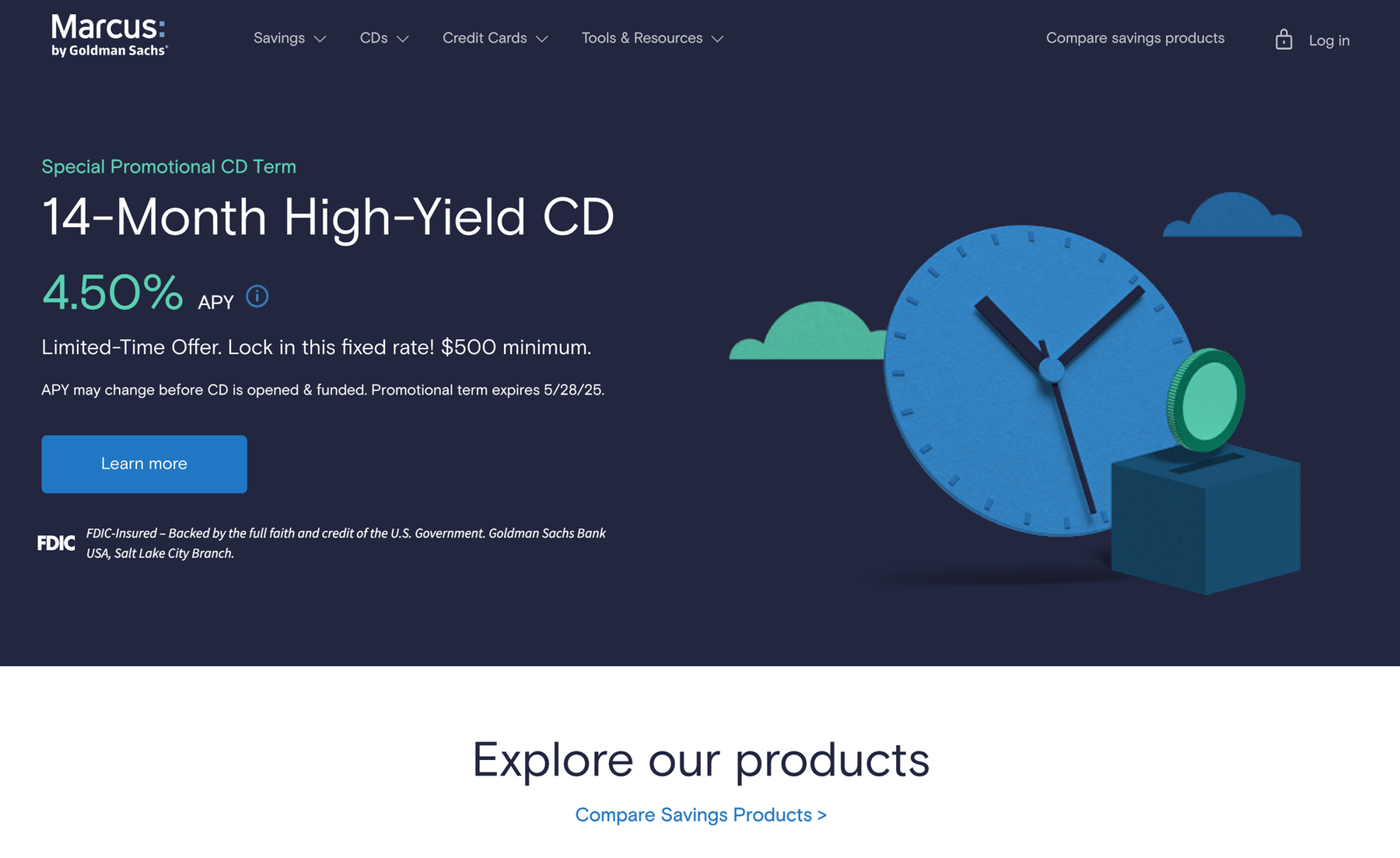
Marcus by Goldman Sachs is an online financial platform offering savings tools, personal loans, and other straightforward financial products with a customer-centric approach.
Strategy
- Email Fatigue Analysis: Marcus identified email fatigue as a primary reason for user unsubscribes. To address this, they cut back on email frequency and prioritized delivering meaningful, concise messages.
- Behavioral Insights: Using targeted segmentation, Marcus tailored communication to match users' prior financial activities, such as savings products or loan preferences, ensuring relevance.
- Clear Opt-In Messaging: Marcus simplified the re-subscription process and made a clear commitment to only send valuable, personalized content, rebuilding trust among users.
Results
These measures enabled Marcus to reactivate 30% of unsubscribed users, proving the importance of prioritizing quality over quantity in re-engagement efforts.
5. Fidelity: Refining Engagement Through User Feedback
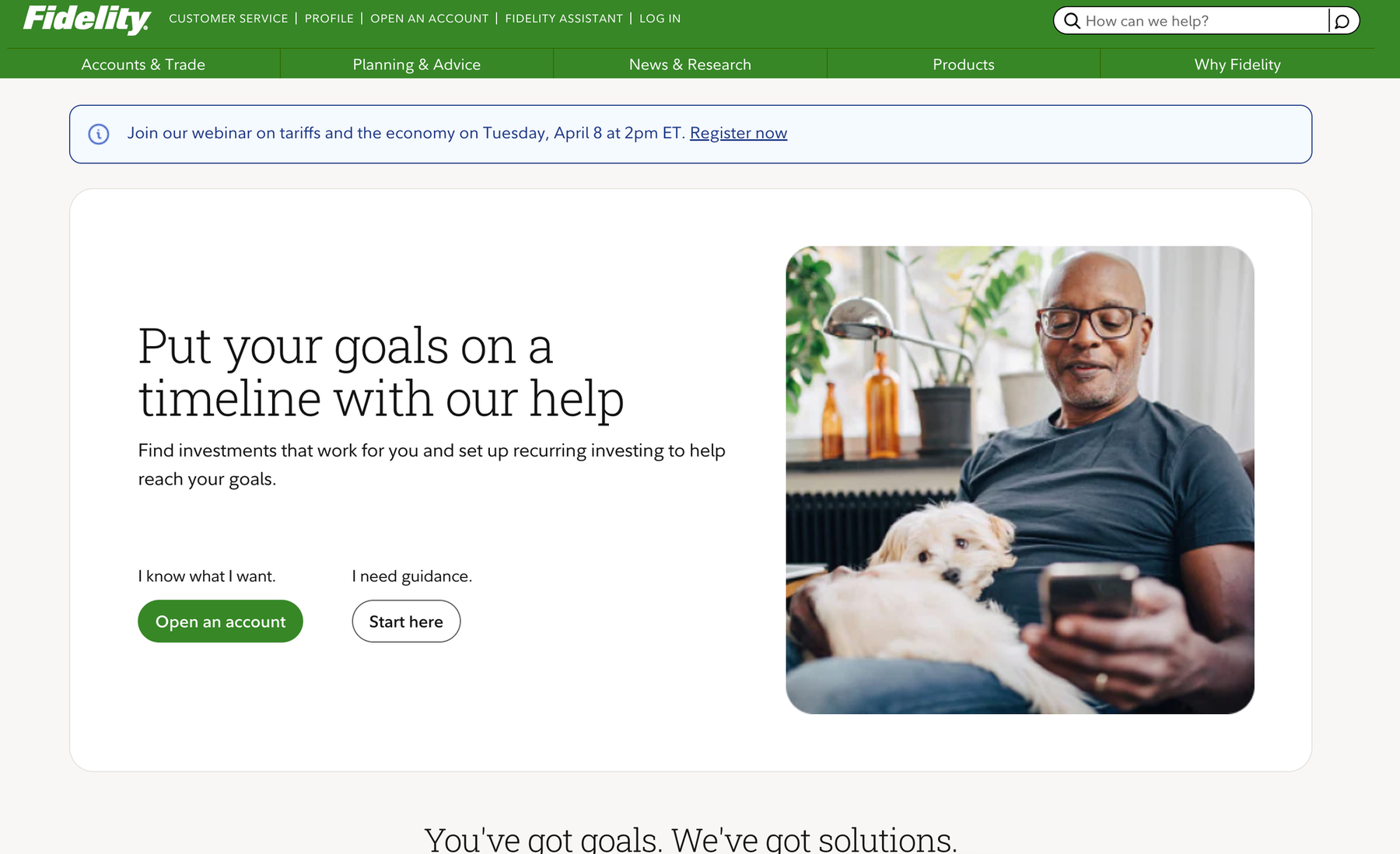
Fidelity is a global leader in financial services, offering investment management, retirement planning, brokerage services, and more, with a focus on customized solutions.
Strategy
- Feedback-Driven Changes: Fidelity sought feedback from unsubscribed users to uncover dissatisfaction points, including irrelevant content and unappealing email design. They used these insights to overhaul their email campaigns.
- Enhancing Email Content: Fidelity crafted engaging, visually appealing emails that offered users relevant market insights, customized portfolio recommendations, and valuable financial tips.
- Cross-Channel Communication: To reach users effectively, Fidelity extended their campaigns to include targeted ads on social media and notifications within their app, ensuring consistent messaging across channels.
Results
Fidelity’s results were outstanding, achieving a 40% re-engagement rate. By aligning their content with user preferences and improving outreach design, Fidelity successfully brought disengaged users back into their communication ecosystem.
The Verdict
Reconnecting with users who have unsubscribed in the financial sector can be tricky, but it’s definitely achievable with the right approach. Start by figuring out why users left in the first place—this insight, driven by data, helps you create re-engagement efforts that are meaningful and relevant.
Personalization should be a priority; tailor content to what specific users care about to grab their attention. Sweetening the deal with special offers, like financial perks or exclusive material, can also make a big impact in enticing users to come back.
But the most important thing? Keep things clear and valuable. Tell users exactly what they’ll gain when they re-engage, and only send content that matters to them to rebuild trust.
For businesses ready to jump in, tools like Maileroo might help fine-tune these strategies and make the process even more effective.


